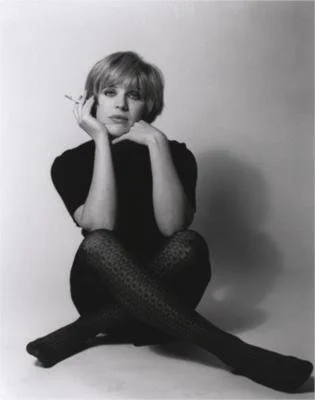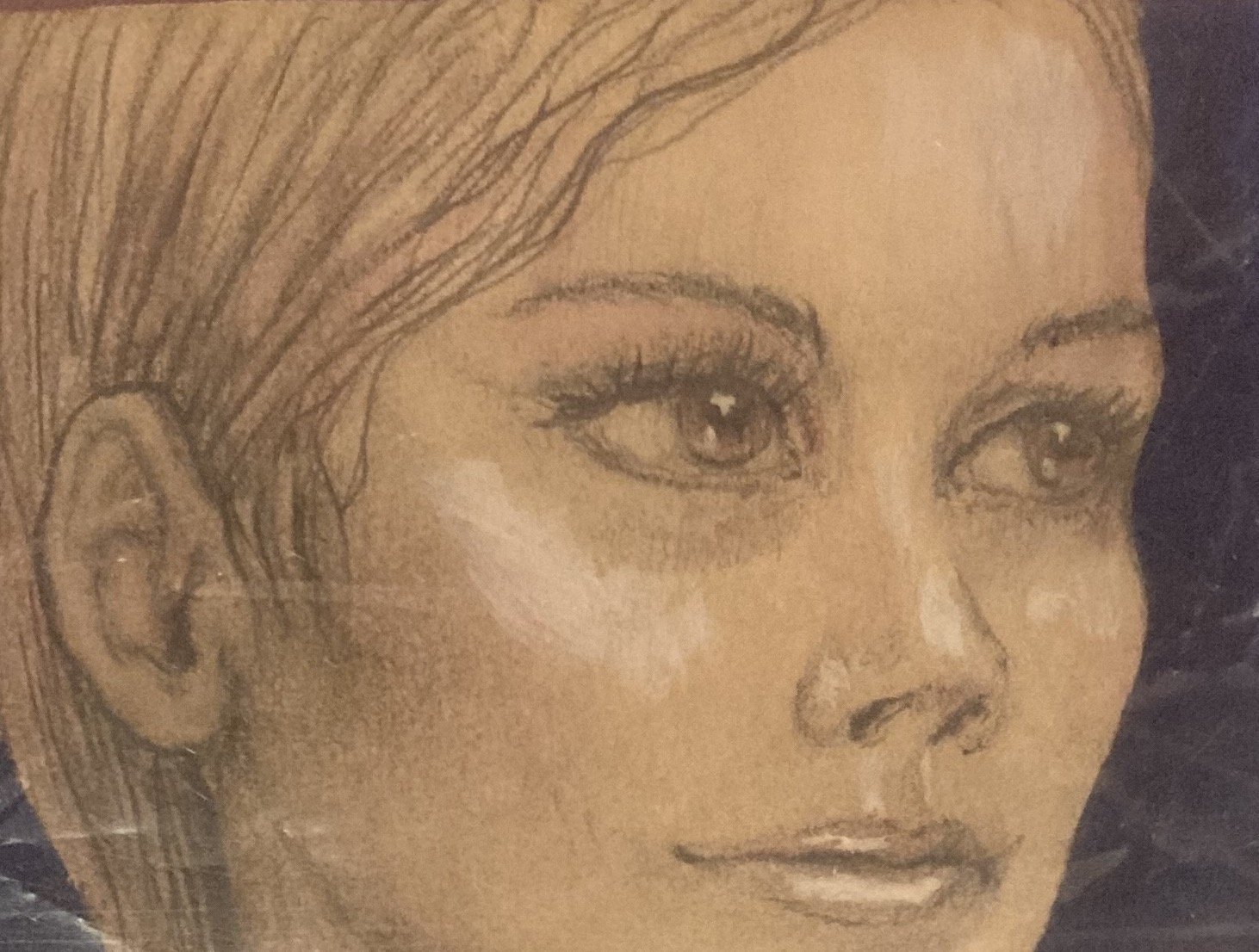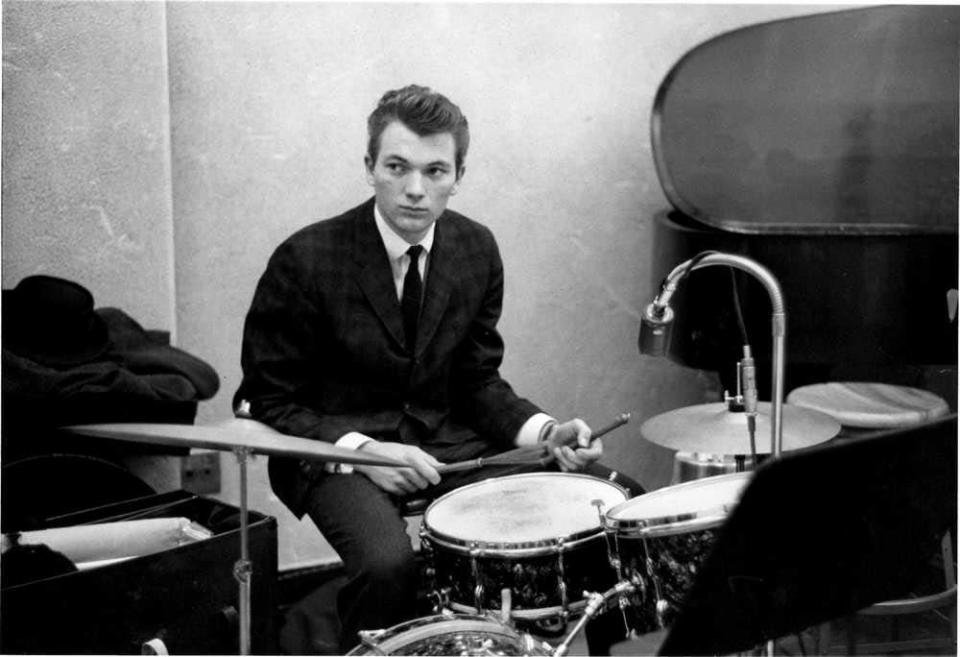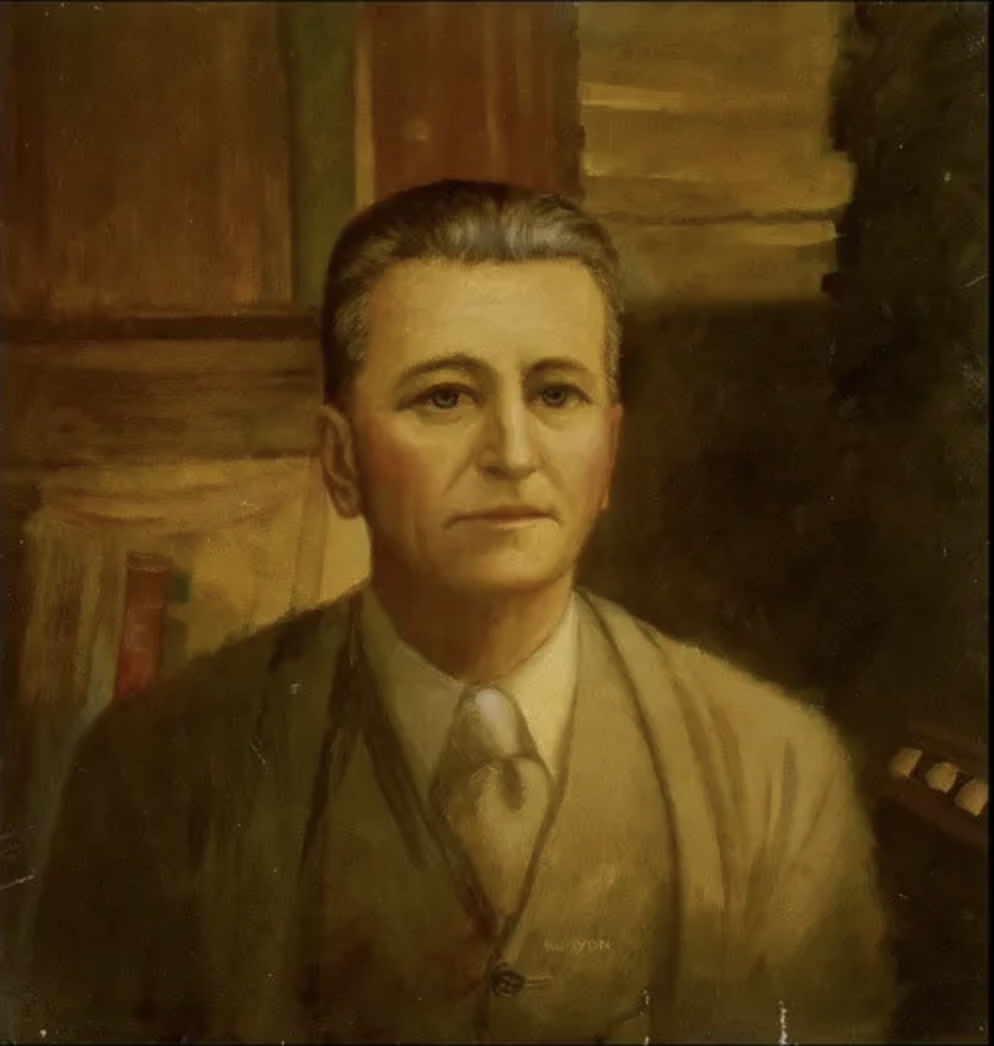*please scroll down my blog for the lyrics to “I Contain Multitudes,” “False Prophet,” and “Murder Most Foul,” the three songs from this record that were released earlier in the year.
These are not official lyrics, just what I heard as I listened. However, all lyrics here are by Bob Dylan and © Special Rider Music 2020
My Own Version of You
All through the summers into January
I been visiting morgues and monasteries
Lookin’ for the necessary body parts
Limbs and livers and brains and hearts
Aw, bring someone to life is what I wanna do
I wanna create my own version of you.
Well, it must be the winter of my discontent
I wish youd’a taken me with you wherever you went
They talk all night and they talk all day
Not for a minute do I believe anything they say
I’m go’ bring someone to life, someone I’ve never seen,
You know what I mean, you know exactly what I mean.
I take the Scarface Pacino and the Godfather Brando
Mix ‘em up in a tank and get a robot commando
If I do it up right and put the head on straight
I’ll be saved by the creature that I create.
I’ll get blood from a cactus, gunpowder from ice
I don’t gamble with cards, and I don’t shoot no dice,
Can ya look at my face with your sightless eyes,
Can you cross your heart and hope to die?
I’ll bring someone to life, someone for real
Someone who feels the way that I feel.
I study Sanskrit and Arabic to improve my mind
I wanna do things for the benefit of all mankind.
I say to the willow tree, don’t wait for me
I’m saying the hell to all things that used to be
Well I get into trouble and I hit the wall
No place to turn, no place at all
I pick a number between one and two
And I ask myself “What would Julius Caesar do?”
I wanna bring someone to life in more ways than one
Don’t matter how long it takes, it’ll be done when it’s done.
I’m gonna make you play the piano like Leon Russell
Like Liberace, like St. John the Apostle
I’ll play every number that I can play
I’ll see you maybe on Judgment Day
After midnight, if you still wanna meet,
I’ll be at the Black Horse Tavern on Armageddon Street
Two doors down, not that far to walk,
I’ll hear your footsteps, you won’t have to knock
I’ll bring someone to life, balance the scales,
I’m not gonna get involved in insignificant details.
You can bring it to St. Peter, you can bring it to Jerome
You can bring it all the way over, bring it all the way home,
Bring it to the corner where the children play,
You can bring it to me on a silver tray
I’ll bring someone to life, spare no expense,
Do it with decency and common sense.
Can ya tell me what it means to be or not to be?
You won’t get away with foolin’ me.
Can ya help me walk that moonlight mile,
Can ya give me the blessings of your smile?
I’ll bring someone to life, use all of my powers,
Do it in the dark in the wee small hours.
I can see the history of the whole human race
It’s all right there, it’s carved into your face.
Should I break it all down, should I fall on my knees?
Is there light at the end of the tunnel, can you tell me please?
Stand over there by the cypress tree,
Where the Trojan women and children are sold into slavery,
Long before the First Crusade, way back ‘fore
England or America were made.
Step right in to the burnin’ hell
Where some of the best known enemies of mankind dwell
Mr. Freud with his dreams, Mr. Marx with his ax,
See the rawhide lash rip the skin from their backs.
Got the right spirit? You can feel it, you can hear it.
You’ve got what they call the immortal spirit.
You can feel it all night, you can feel it in the morn,
It creeps in your body the day you were born.
One strike of lightning is all that I need,
And a blast of ‘lectricity that runs at top speed,
Show me your ribs, I’ll stick in the knife
Gonna jump-start my creation to life.
I wanna bring someone to life, turn back the years
Do it with laughter, and do it with tears.
I’ve Made Up My Mind to Give Myself To You
I’m sittin’ on my terrace lost in the stars
Listenin’ to the sounds of the sad guitars
Been thinkin’ it all over and I thought it all through
I’ve made up my mind to give myself to you.
I saw the first fall of snow
I saw the flowers come and go
I don’t think that anyone ever else will ever do
I made up my mind to give myself to you
I’m givin’ myself to you, I am,
From Salt Lake City to Birmingham
From East LA to San Antone
I don’t think I could bear to live my life alone.
My eye is like a shooting star
It looks at nothing here or there, looks at nothing near of far
No one ever told me it’s just something I do
I’ve made up my mind to give myself to you.
If I had the wings of a snow white dove
I’d preach the gospel, the gospel of love
A love so new a love so true
I’ve made up my mind to give myself to you.
Take me out travelin, you’re a travelin’ man
Show me something that I’ll understand
I’m not what I was, things aren’t what they were
I’ll go far away from home with her.
I traveled a long road of despair
I met no other traveler there
Lotta people gone a lotta people I knew
I’ve made up my mind to give myself to you.
Well my heart’s like a river, a river that sings
Just takes me awhile to realize things
I’ll see you at sunrise, see you at dawn,
On the other side when everyone’s gone
I’ve traveled from the mountains to the sea
I hope that the gods go easy with me
I knew you’d say yes, I’m sayin’ it too
I’ve made up my mind to give myself to you.
Black Rider
Black Rider, Black Rider, you been livin’ too hard
Been up all night, have to stay on your guard
The path that you’re walkin’ too narrow to walk
Every step of the way another stumblin’ block
The road that you’re on, same road that you know
Just not the same as it was a minute ago.
Black Rider, Black Rider, you’ve seen it all
You’ve seen the great world and you’ve seen the small
You fell into the fire and you’re eating the flame
Better seal up your lips if you wanna stay in the game
Be reasonable, mister, be honestly fair,
let all of your earthly thoughts be a prayer.
Black Rider, Black Rider, all dressed in black
I’m walkin’ away, you try to make me look back
My heart is at rest, I’d like to keep it that way
I don’t wanna fight, at least not today.
Go home to your wife, stop visiting mine,
One of these days, I’ll hurt ya to be kind.
Black Rider, Black Rider, tell me when, tell me how,
If there ever was a time, then let it be now
Lemme go through, open the door,
My soul is distressed, my mind is at war
Don’t hug me, don’t flatter me, don’t turn on the charm,
I’ll take a sword and hack off your arm.
Black Rider, Black Rider, hold it right there
The size of your cock will get you nowhere
I’ll suffer in silence, I’ll not make a sound,
Maybe I’ll take the high moral ground
Some enchanted evening I’ll sing you a song,
Black Rider, Black Rider, you been on the job too long.
Goodbye Jimmy Reed
I live on a street named after a saint
Women in the churches wear powder and paint
Where the Jews and the Catholics and the Muslims all pray
I can tell a prayer [?] from a mile away
Goodbye Jimmy Reed, Jimmy Reed indeed,
Gimme that old time religion, it’s just what I need.
Well thine is the kingdom, the power and the glory
Go tell it on the mountain, go tell the real story,
Tell it in that straightforward Puritanical tone
In the mystic hours where the person’s alone
Goodbye Jimmy Reed, Godspeed,
Thump on the Bible, proclaim a creed.
You won’t a minded much, the people all said
Cause I didn’t play guitar behind my head
Never pandered, never acted proud,
Never took off my shoes, threw ‘em in a crowd
Goodbye Jimmy Reed, goodbye and goodnight
Put a jewel in your crown and I’ll put out the light.
They threw everything at me, everything in the book
I had nothin’ to fight with but a butcher’s hook
They had no pity, they never lend a hand
I can’t sing a song that I don’t understand.
Goodbye Jimmy Reed, goodbye and good luck
I can’t play the record cause my needle got stuck.
Transparent woman in a transparent dress.
Suits ya well, I must confess,
I break open your grapes, I suck out the juice,
I need you like my head needs a noose.
Goodbye Jimmy Reed, goodbye and so long,
I thought I could resist her, but I was so wrong.
God be with ya, brother dear
If you don’t mind me asking, what brings ya here?
Aw, nothing much, I’m just lookin’ for the man
Came to see where he’s lyin in this lost land.
Goodbye Jimmy Reed, and everything within ya
Can’t you hear me callin’ from (uh) down in Virginia?
Mother of Muses
Mother of Muses, sing for me
Sing of the mountains and the deep dark sea
Sing of the lakes and the nymphs of the forest
Sing your hearts out, all ye women of the chorus
Sing of honor and fate and glory be,
Mother of Muses, sing for me.
Mother of Muses, sing for my heart
Sing of a love too soon to depart
Sing of the heroes who stood alone
Whose names are engraved on tablets of stone
Who struggled with pain so the world could go free
Mother of Muses, sing for me.
Sing of Sherman, Montgomery and Scott,
And of Zhukov, and Patton, and the battles they fought,
Who cleared the path for Presley to sing,
Who carved the path for Martin Luther King
Who did what they did and they went on their way
Man, I could tell their stories all day.
I’m falling in love with Calliope
She don’t belong to anyone, why not give her to me
She’s speakin’ to me, speakin’ with her eyes
I’ve grown so tired of chasing lies.
Mother Muses, wherever you are
I’ve already outlived my life by far.
Mother of Muses, unleash your wrath
Things I can’t see, they’re blockin’ my path
Show me your wisdom, tell me my fate
Put me upright, make me walk straight
Forge my identity from the inside out
You know what I’m talkin’ about
Take me to the river, release your charms
Let me lay down awhile in your sweet lovin’ arms
Wake me shake me, free me from sin
Make me invisible like the wind
Got a mind to ramble, got a mind to roam
I’m travelin’ light, and I’m a-slow comin’ home.
Crossing the Rubicon
I crossed the Rubicon on the fourteenth day
Of the most dangerous month of the year
At the worst time, at the worst place,
That’s all I seem to hear
I got up early so I could greet the Goddess of the Dawn
I painted my wagon “Abandon all Hope”
and I crossed the Rubicon.
Well the Rubicon is a red river goin’ gently as she flows
Redder than your ruby lips and the blood that flows from the rose
Three miles north of Purgatory, one step from the Great Beyond
I prayed to the cross, I kissed the girls,
and I crossed the Rubicon.
Well at least this time I see in this world so badly [? bent]
How can I redeem the time a time so idly [spent?]
How much longer can it last, how long can it go on
I embraced my love, put down my hair, and I crossed the Rubicon.
I can feel the bones beneath my skin, and they’re trembling with rage
I’ll make your wife a widow, you’ll never see old age
Show me one boatman [good man?] in sight that the sun shines down upon
I pawned my watch, I paid my debts, and I crossed the Rubicon.
Put my heart up on a hill, where some happiness I’ll find
If I survive then let me love, let the hour be mine.
Take the high road, take the low, take any one you’re on
I poured the cup, I passed it along, and I crossed the Rubicon.
Well you defiled the most lovely flower in all of womanhood
Others can be tolerant, others can be good,
I’ll cut ya up with a crooked knife, law, then I’ll miss ya when you’re gone
I stood between heaven and earth and I crossed the Rubicon.
You won’t find any happiness here, no happiness or joy
Go back to the gutter, try your luck, find you some nice pretty boy
Tell me how many men I need, and who can I count upon,
I’ll strap my belt, I’ll button my coat, and I cross the Rubicon.
I feel the Holy Spirit inside, see the light that freedom gives,
I believe it’s in the reach of every man who lives,
Keep as far away as possible, it’s darkest ‘fore the dawn
Oh God
I turned the key and broke it off, and I crossed the Rubicon.
[?] baby, are you still in my mind, I truly believe that you are
Could it be anybody else but you who’s come with me this far?
The killin’ frost is on the ground and autumn leaves are gone
I lit the torch, I looked at the east, and I crossed the Rubicon.
Key West (Philosopher Pirate)
McKinley hollered, McKinley squalled,
Doctor said McKinley, death is on the wall
Say it to me, if you got something to confess
I heard all about it, he was goin’ down slow
I heard it on the wireless radio
Down in the boondocks, way down in Key West
I’m searchin’ for love, for inspiration
On that pirate radio station
Comin’ outta Luxembourg and Budapest
Radio signal play clear as can be
I’m so deep in love that I can hardly see
Down in the flatlands, way down in Key West
Key West is the place to be
If you’re lookin’ for immortality
Stay on the road, follow the highway signs.
Key West is fine and fair,
If you’ve lost your mind you’ll find it there.
Key West is on the horizon line.
I was born on the wrong side of the railroad track
Like Ginsberg, Corso and Kerouac
Like Louie and Jimmy and Buddy and all the rest
Well it might not be the thing to do
But I’m stickin’ with you through and through
Down in the flatlands, way down in Key West.
I got both my feet planted square on the ground
Got my right hand high with the thumb down
Such is life, such is happiness
Hibiscus flowers, they grow everywhere here
If you wear one, put it behind your ear
Down on the bottom, way down in Key West.
Key West is the place to go
Down by the Gulf of Mexico
Beyond the sea, beyond the shifting sand
Key West is the gateway key
To innocence and purity
Key West is the enchanted land.
I’ve never lived in the Land of Oz
Or wasted my time with an unworthy cause
It’s hot down here and you can’t be overdressed
Tiny blossoms of a toxic plant
They can make ya dizzy, I’d like to help you but I can’t
Down in the flatlands, way down in Key West
Well the fishtail palms and the orchid trees
They can give ya that bleedin’ heart disease
People tell me I oughta try a little tenderness
On Newton Street, Bayview Park
Walkin’ in the shadows after dark
Down under, way down in Key West
I play gumbo-limbo spirituals
I know all the Hindu rituals
People tell me that I’m truly blessed
Bougainvillea blooming in the summer and the spring
Winter here is an unknown thing
Down in the flatlands, way down in Key West.
Key West is under the sun, under the radar, under the gun
You stay to the left, and then ya lean to the right
Feel the sunlight on your skin, and the healing virtues of the wind
Key West, Key West is the land of light.
Wherever I travel, wherever I roam,
I’m not that far from the convent home
I do what I think is right, what I think is best,
[History?] Street off of Mallory Square
Truman had his White House there
Eastbound, westbound, way down in Key West.
Twelve years old, they put me in a suit
Forced me to marry a prostitute
There were gold fringes on her wedding dress.
That’s my story, but not where it ends
She’s still cute and we’re still friends
Down on the bottom, way down in Key West
I play both sides against the middle
Trying to pick up that pirate radio signal
I heard the news, I heard your last request
Fly around, my pretty little miss
I don’t love nobody, give me a kiss
Down on the bottom, way down in Key West.
Key West is the place to be
If you’re lookin’ for immortality
Key West is paradise divine.
Key West is fine and fair,
If you’ve lost your mind you’ll find it there.
Key West is on the horizon line.
* to repeat: these aren’t official lyrics, just my pass at them from listening to the album — and they’re all © Special Rider Music 2020.



















































































